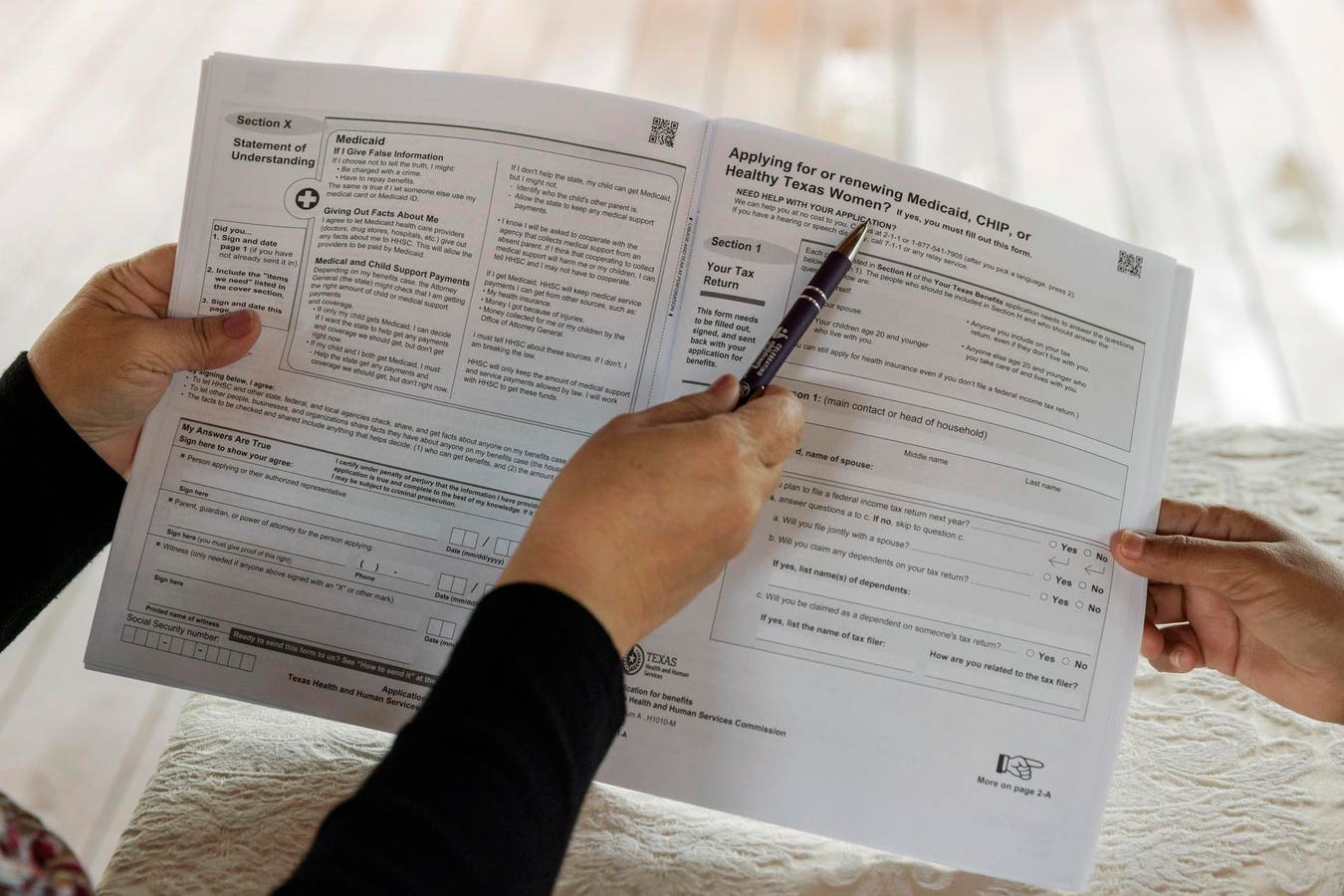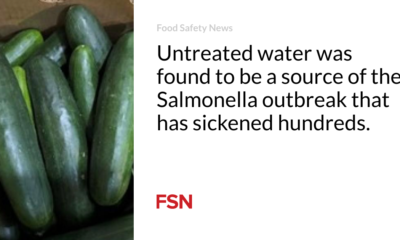Health
Medicaid disenrollment renews discussion about the problem of uninsured people in the US

FILE – Children’s Defense Fund Program Director Graciela Camarena helps Lucia Salazar fill out the form … [+]
Steps have been taken toward reducing the number of people without health insurance in the US. In August 2023, the Department of Health and Human Services announced that the national uninsured rate hit an all-time low of 7.7% in the first quarter of the year. The number of uninsured people fell from 31.6 million to 25.3 million in the period 2020-2023.
Importantly, the largest declines in the uninsured occurred among less affluent individuals whose household income was less than 100% or between 200% and 400% of the federal poverty level. But it is millions of these people, disenrolled from Medicaid since the Covid-19 pandemic struck last April, who are now uninsured. This goes back to the persistent problem of tens of millions of Americans lacking health insurance on any given day.
STAT news reported KFF data shows that about 21% of people enrolled before the redeterminations, or nearly 20 million, lost coverage at least temporarily. Meanwhile, it was confirmed that 45%, or 42 million, were eligible for Medicaid. However, extension of coverage is pending for the remaining 31 million people. Additionally, data shows that about five of the more than 20 million people disenrolled during the post-pandemic eligibility review are still uninsured.
During the public health emergency caused by the Covid-19 pandemic, Medicaid’s annual (re)determinations of enrollee eligibility were suspended as part of a continuous coverage provision included in the Families First Coronavirus Response Act of 2020. Through March 2023, enrollment in Medicaid and the Children’s Health Insurance Program grew by more than 23 million people.
However, since April of last year, Medicaid has restarted the determination process to check whether enrollees are still eligible. As a result, millions of people are no longer enrolled in Medicaid and have no other coverage. This is often due to procedural and administrative reasons, meaning individuals did not complete the necessary paperwork, in part because former enrollees did not properly understand the process and specifically what was required to maintain coverage.
The impact on individuals varies greatly by state. For example, Utah has written the highest percentage (60%) of completed Medicaid redeterminations, while Maine has written the lowest percentage (12%).
The number of deregistrations has exceeded the federal government’s initial expectations. Last year, the Biden administration projected that a total of 15 million would be taken from the rolls.
What is concerning is that approximately 40% of the eligibility re-determination process has yet to be completed, implying that many more disenrollments are in the offing, which will add more people to the uninsured population added.
Many people who no longer qualify for Medicaid can enroll in their employer’s health plan, should it be offered to them. In addition, for some who must obtain their own health insurance, coverage is available on the state marketplace. To illustrate, through November 2023, nearly 2.3 million people had switched from Medicaid to a private marketplace plan. This service is available in every state to help individuals, families and small businesses purchase and enroll in an affordable health insurance plan. Some states have their own market platforms. Other states use the federally managed platforms. These portals were created by the Affordable Care Act and give people access to all kinds of health insurance plans from different insurers.
As the independent health insurance guide healthinsurance.org explains, people in most states can register with a state market plan at any time before July 31, 2024, as part of a comprehensive “special registration period.” Also, individuals who no longer qualify for Medicaid based on their income level may still be able to apply grants to help offset the cost of their health insurance premiums.
Nevertheless, as the phase-out of Medicaid continues, hundreds of thousands and perhaps millions more people will become uninsured. This brings to mind the long-standing debate about both the lack of health insurance for several tens of millions of people in America and the tenuous nature of medical coverage for many others.











![[B-SIDE Podcast] The risks of using e-cigarettes and tobacco products, especially among young people](https://blogaid.org/wp-content/uploads/2024/07/B-SIDE-Podcast-The-risks-of-using-e-cigarettes-and-tobacco-products-300x240.jpg)
![[B-SIDE Podcast] The risks of using e-cigarettes and tobacco products, especially among young people](https://blogaid.org/wp-content/uploads/2024/07/B-SIDE-Podcast-The-risks-of-using-e-cigarettes-and-tobacco-products-80x80.jpg)
